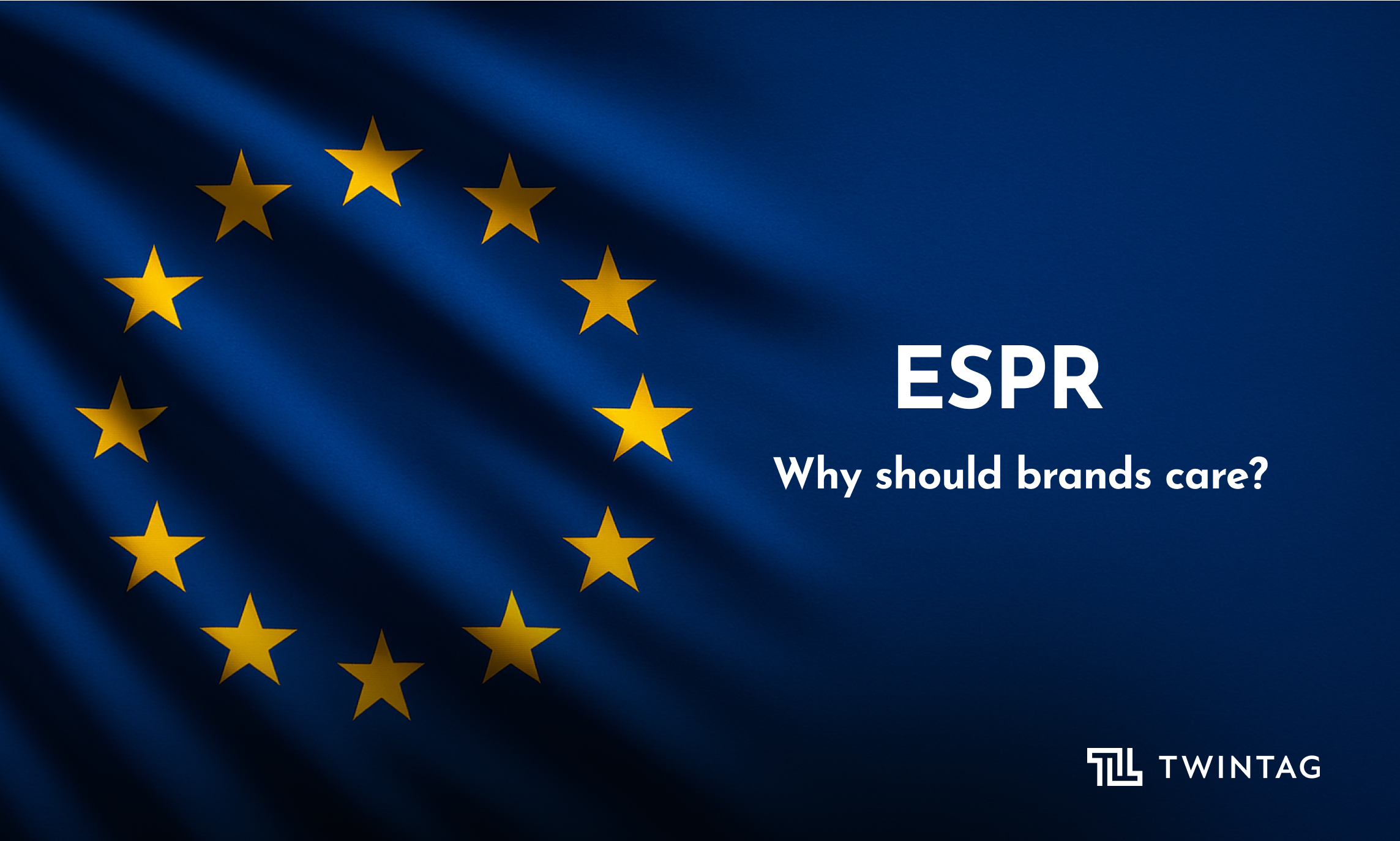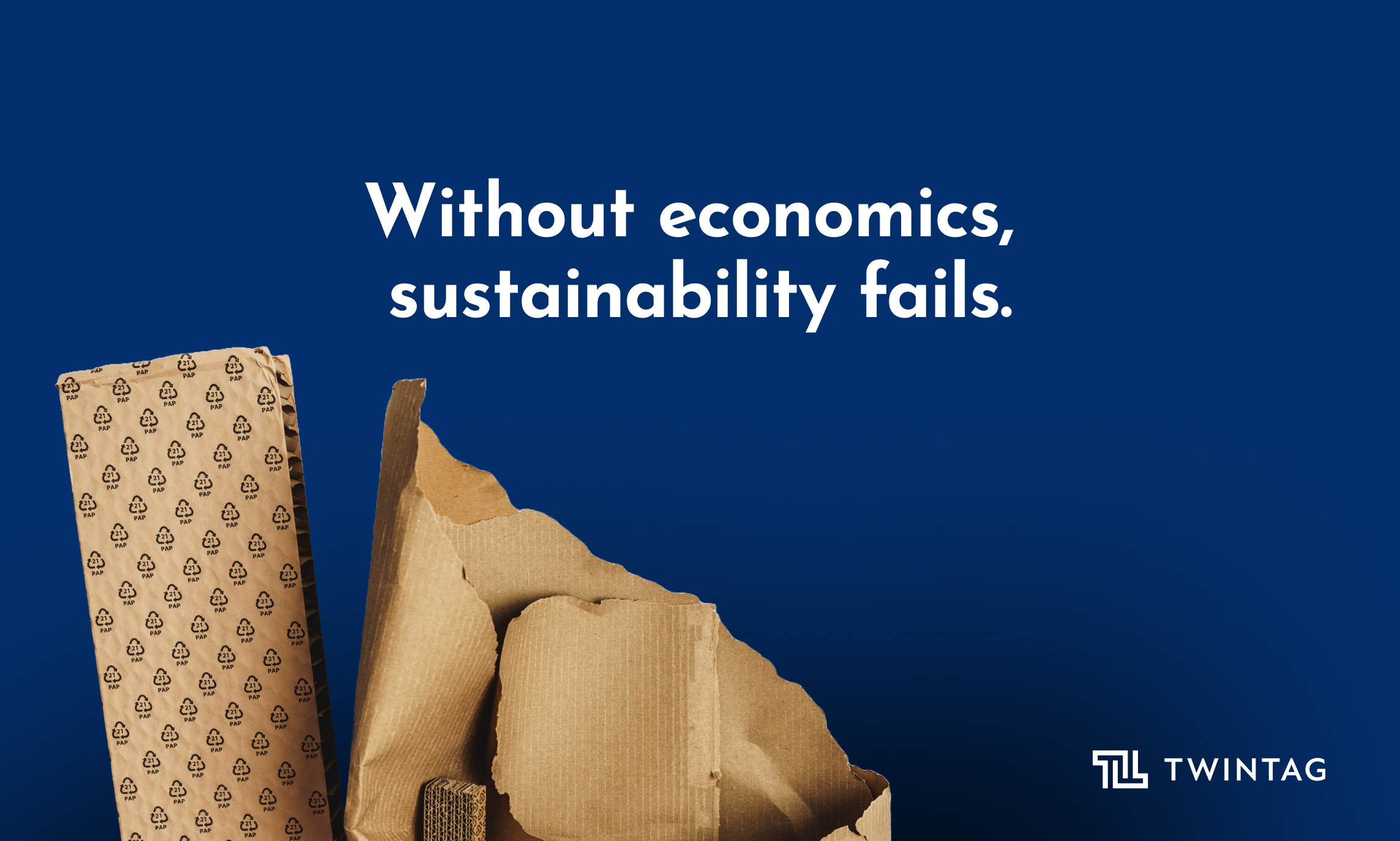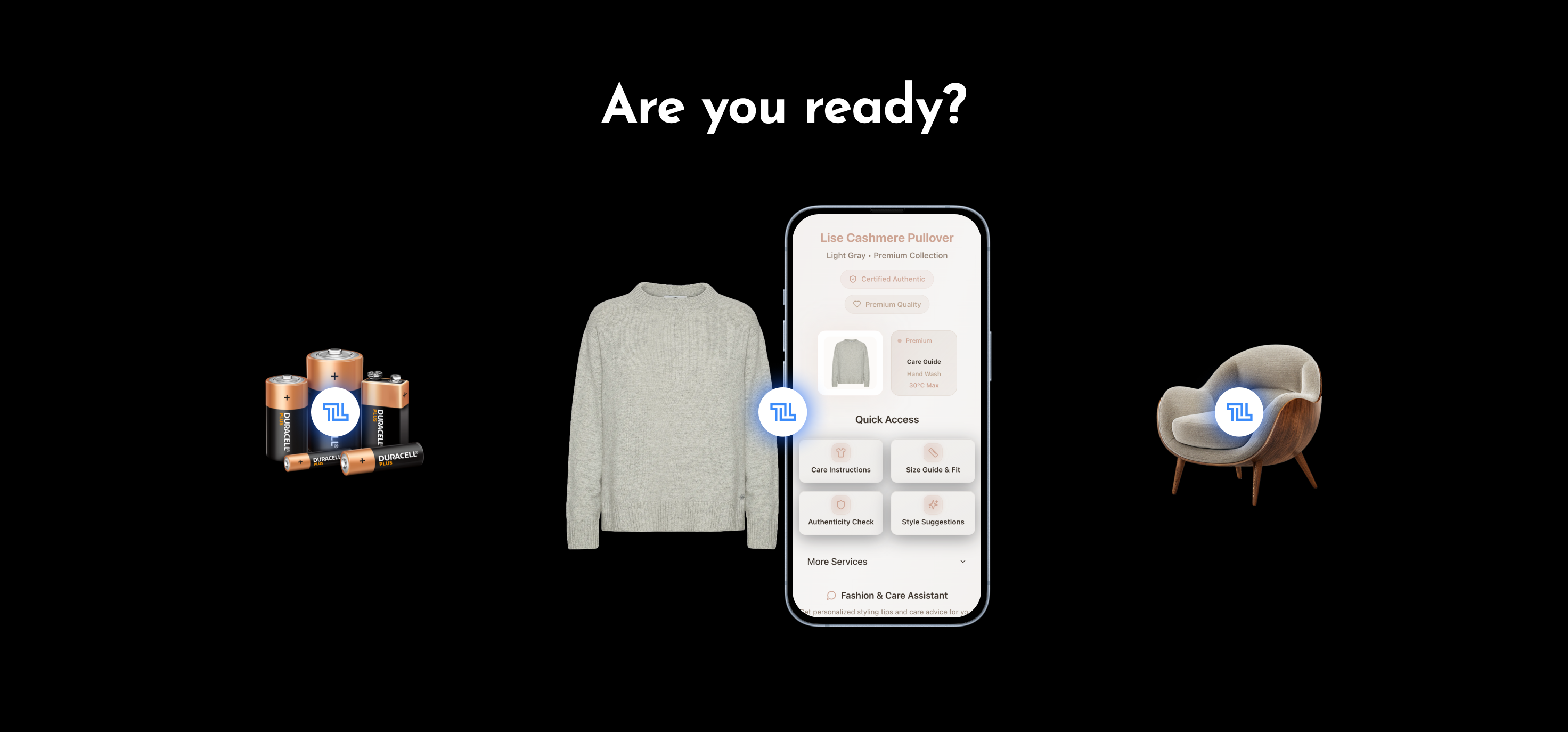Reverse logistics and reusable packaging: unlocking circular potential with digital technology
Sustainability isn’t just a nice-to-have anymore—it’s an absolute must. The world is moving beyond single-use packaging because it’s no longer enough.

The future is reusable. But making that shift? It’s not simple. Scaling reusable systems demands more than just good intentions. You need to track inventory, collect used items, and keep the entire process running smoothly. That’s where reverse logistics and smart technology step in, offering the tools and structure to make it work.
What is reverse logistics?
Reverse logistics flips the traditional supply chain on its head. Instead of goods flowing from producers to consumers, they flow in the opposite direction. The goal? To reuse, recycle, repair, or responsibly dispose of products. It’s the backbone of a circular system, where every item is given a chance to extend its life.
Here’s how it works:

- Collecting: picking up used packaging or products from customers or drop-off points.
- Inspecting and sorting: determining what can be reused, repaired, or recycled.
- Processing: cleaning, repairing, or breaking down items to prepare for their next use.
- Redistributing: sending refreshed and reusable items back into the system.
Reverse logistics isn’t about managing leftovers. It’s about squeezing the most value out of every product while reducing waste. For companies, it means lower costs, happier eco-conscious customers, and a reputation for doing the right thing.
How does reverse logistics power reusability in packaging?
Reusable packaging needs reverse logistics. Without it, the promise of sustainability falls apart. Reverse logistics is the engine that makes reuse possible.
Here’s why it matters:
- Closing the loop: packaging isn’t discarded; it comes back, ready to be used again.
- Saving money: reusing materials reduces the need to produce new ones constantly.
- Streamlining operations: a well-structured system keeps everything flowing, so packaging is where and when it needs to be.
- Hitting sustainability goals: reverse logistics keeps materials in circulation and out of landfills.
Think about reusable crates, pallets, or containers. They’re only as good as the system that collects, cleans, and redistributes them. Without reverse logistics, reusables would just be single-use products in disguise.
Choosing the right reusable packaging
Selecting the right reusable packaging is essential to ensuring efficiency and sustainability in a reverse logistics system. Thoughtful design is key—packaging should be foldable when empty to optimize space and make returns more efficient. At the same time, it must be sturdy enough to endure handling operations, transportation, and exposure to various weather conditions. A well-designed reusable package is also lightweight and easy to use, prioritizing operator safety and workflow efficiency. By balancing durability with practicality, businesses can safeguard their goods while streamlining logistics operations.
The role of digital technology
This is where digital twins change the game. A digital twin is a virtual version of a physical object—a crate, a box, or a package. Twintag’s platform turns ordinary packaging into smart, connected assets. Packaging becomes more than just a container; it becomes part of a data-driven ecosystem.
Here’s what digital twins can do:
- Track and trace: know where your packaging is, where it’s been, and where it’s going.
- Real-time insights: identify bottlenecks and monitor how assets move through the system.
- Consumer engagement: let users scan QR codes for product details, return instructions, or rewards.
- Automation: simplify logistics and inventory management, ensuring reusable packaging is always in the right place.
With digital tools, reverse logistics becomes faster, smarter, and more transparent.
Collaboration is key
Making reuse a reality requires more than just technology—it requires teamwork. At Twintag, we partner with companies like Corplex, which manufactures and designs durable reusable packaging. We add the intelligence: hybrid QR codes and digital tracking solutions. Together, we’re building systems that make reuse possible, practical, and profitable.Here’s the thing: no one can do this alone. Moving from single-use to reusable packaging takes an ecosystem of companies, technologies, and processes working together. Collaboration is the key to making reverse logistics smooth, efficient, and scalable.
Why it matters
This isn’t just about checking a box for sustainability. It’s about creating systems that last. Reusable packaging, powered by reverse logistics and smart tech, helps businesses cut costs, reduce waste, and build trust with their customers. It’s a win for the planet and a win for your bottom line.The future of packaging isn’t just reusable—it’s smarter. It’s built on partnerships, innovative technology, and a commitment to doing better. Because sustainability isn’t optional anymore. It’s the path forward.


-min.png)



